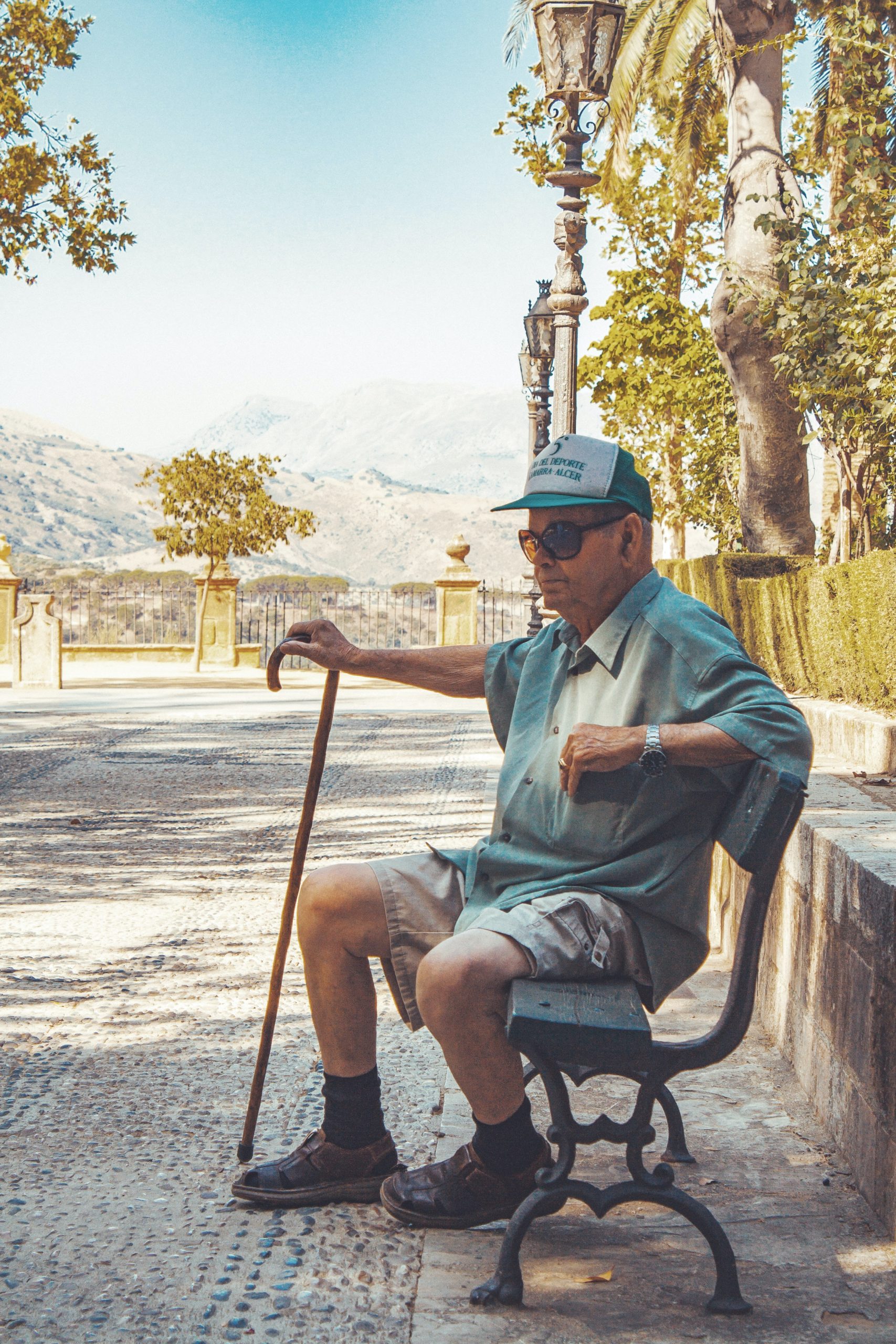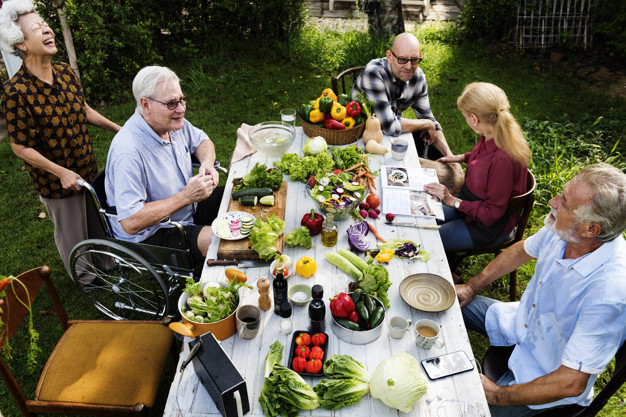
Experts on aging outline ideas for overcoming ‘implicit bias’
Quite often in life, without knowing or realizing it, many of us show our own bias; perhaps toward people, situations or even political contests.
Erin Yelland says those are implicit biases.
“An implicit bias is an attitude or a stereotype that affects our understanding, actions and decisions,” said Yelland, an adult development and aging specialist with K-State Research and Extension.
“These ideas that we have from the moment we are born, really do affect so much of what we do – our understanding, how we perceive the world, and the actions and decisions that we make. They are unconscious and we do not realize that they are happening.”
In her professional life, Yelland is especially keen to implicit bias toward older adults, known as ageism. Recently, she and colleagues from North Dakota State University and South Dakota State University talked with extension agents in their states about the impacts of ageism – and what can be done about it.
“Ageism refers to assumptions made about people based on how old they are,” said Jane Strommen, gerontology state specialist with North Dakota State extension. “Ageism has been shown to have significant negative impacts on older adults in a variety of areas.”
Leacey Brown, a gerontology field specialist with South Dakota State extension, said research indicates that 1 in 7 dollars spent on the most costly medical conditions in the United States can be attributed to negative effects of ageism. That amounts to approximately $33 billion in health or related costs to older Americans.
Yelland said our society and the media often portray older adults in ways that foster implicit bias.
“One thing that is interesting to consider, though, is that your implicit biases don’t always align with your actions, and it’s important for each of us – if we have an implicit bias that we are not comfortable with – to take steps that helps our outward actions align with our personal beliefs,” she said.
In other words, she notes, implicit biases can be ‘un-learned.’
“How to ‘de-bias’ is an ongoing field of study. We are constantly learning more about how we can de-bias ourselves when those implicit biases are so strongly embedded in our brains and lives.”
Yelland’s ideas to help overcome implicit biases include:
- See people as individuals. Blind yourself from the individual. For example, if reviewing job resumes, take a person’s name off so you are not tempted to judge the individual based on gender, race, background or other areas.
- Work toward changing your responses, and reflect. Be mindful of your outward responses to others. Once you have an interaction with that person, step back and reflect.
“As a professional working with an older audience, one of the things we see is infantilization of older adults, which means we treat older adults like children,” Yelland said. “We use words like ‘honey’ or ‘sweetie’ or we say that an older couple is ‘super cute,’ which are things we say about our children.
“These are things that we want to be mindful of and make sure we are treating older adults as adults themselves.” - Take a walk in someone else’s shoes. Think about what it would be like to be an older adult who is stereotyped. How would that make you feel and what can you do to make sure you are limiting that in our own behaviors and actions.
- Purposefully increase your exposure to individuals or groups of people who you have an implicit bias toward. Get into the ‘uncomfortable’ zone with groups of people in settings where you can have conversations and interact.
Strommen notes that while many people can take steps to decrease or eliminate ageism, older adults also have the ability to positively affect their outlook.
“A person’s self-perception can predict an older person’s health,” she said. “Studies have shown that those older adults with a more positive view on aging were less likely to have a heart attack, and if they did, they were more likely to recover quickly than those with a negative view.”
Adds North Dakota’s Brown: “Another example is mortality in adults 65 and older. People with positive attitudes toward aging live 7 ½ years longer than those with a negative view on aging.”
More information on aging and related issues is available online from the North Central Region Aging Network, which includes professionals in Kansas, South Dakota, North Dakota and nine other Midwest states.



